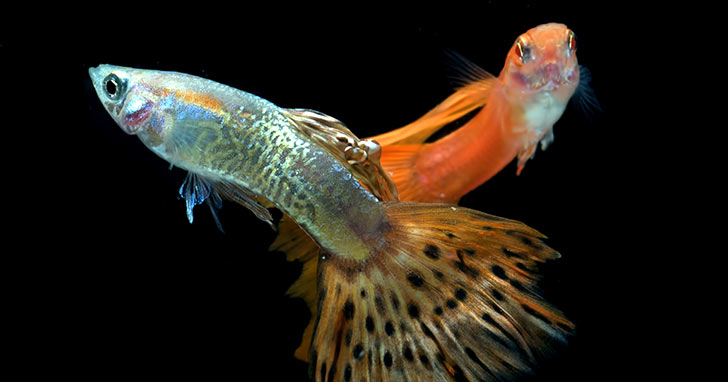
Live Bearing Fish: Popular Species That Enhance Freshwater AquariumsWhat are livebearers?
As opposed to egg layers, live bearing or viviparous fish give birth to live, free-swimming young. They are popular among aquarium owners who want to breed fish, because they are typically hardy and peaceful, and can reproduce rapidly. Another reason for their popularity is because they are species that are good for aquarists with beginner or intermediate fishkeeping skills. Which fish are livebearers?
Freshwater fish in the Poeciliidae family of fish are livebearers. This article covers popular species of Guppies, Swordtails, Mollies, Platies, and Mosquitofish. Usually kept in groups, they come in a wide variety of colors, patterns, and fin styles, which is the result of selective breeding. Because they are in constant motion, their activity creates quite a striking display in home aquariums. Another reason for their popularity is because they can adapt to a wide range of water conditions. Are livebearers beneficial to the world at large?
Some livebearers are used to stem or stop the spread of Malaria around the world by controlling mosquitos. Mosquito Fish are used in outdoor ponds to provide a more positive gardener or landowner experience because they can eat hundreds of mosquito larvae every day. What are the care requirements for livebearer fish?
Trusted suppliers like LiveAquaria® can provide you with information and resources to help you succeed in your journey. Although there are similarities, each species has its own set of care requirements. For example, the aquarium size will be determined by the species of livebearer fish that is kept. Some groups can be kept in ten gallon tanks, while others require a minimum of thirty gallons or more. Refer to the Care Stats posted to the LiveAquaria® website for tank requirements on the species we offer. Ensure the aquarium is large enough to avoid overcrowding. Tank lids are recommended. Generally speaking, proper water parameters (as determined by species) should be maintained, and regular water changes conducted to keep water quality high to maintain the health of your freshwater fish. A slow to moderate water flow should be provided, as well as plenty of space for swimming. Plants, driftwood, rockwork, or other décor will offer multiple areas to hide and should be incorporated. Females, especially, need areas to hide to keep away from the males' constant pursuit. Let's explore some of the species mentioned earlier in this article. Are Guppies live bearing fish?
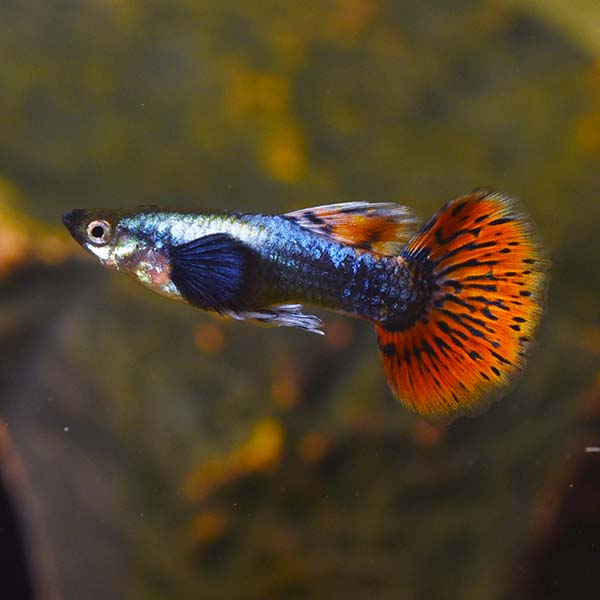
Guppies: Yes, Guppies are livebearers that are hardy and colorful, and will add excitement and brilliance to the passive community aquarium. Unique color strains have been developed through selective breeding programs. Guppies stay small, under 2-1/2 inches in length. Popular Guppies include:
Are Swordtails easy to keep?
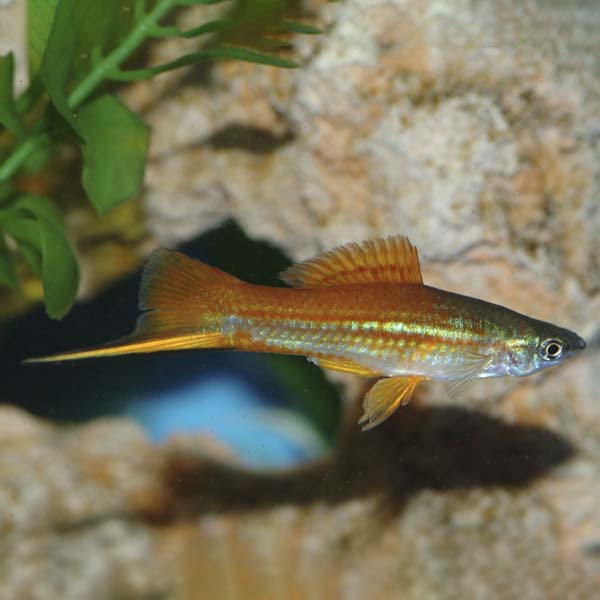
Swordtails: Swordtails add interest and color to a passive community aquarium and will make a perfect addition for the novice to expert alike. They are hardy and colorful and will make a wonderful addition to home aquariums. Swordtails are easy to breed, and new color varieties are being developed through selective breeding programs. Favorite Swordtails include:
Are Mollies easy to breed?
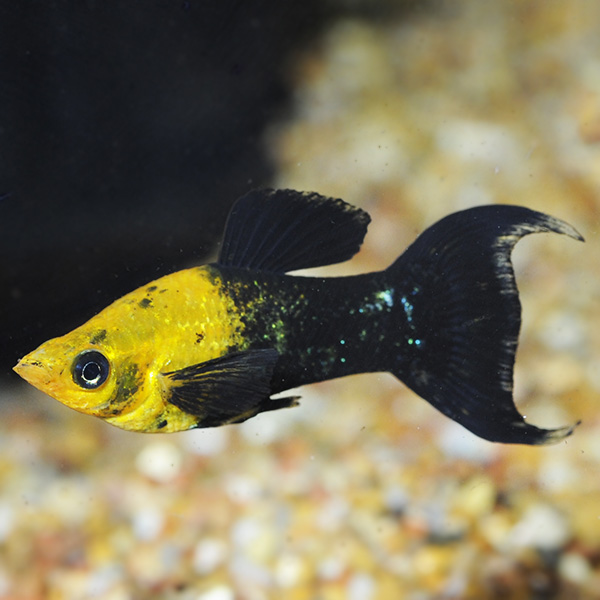
Mollies: Mollies are easy to breed and make fascinating fish for the seasoned aquarist. Mollies are very versatile fish that have the unique ability to live in both freshwater and saltwater if acclimated slowly. Just like other livebearers, they will add drama and contrast to a freshwater aquarium. Demand is high for these Molly varieties:
Are Platies good for beginners?
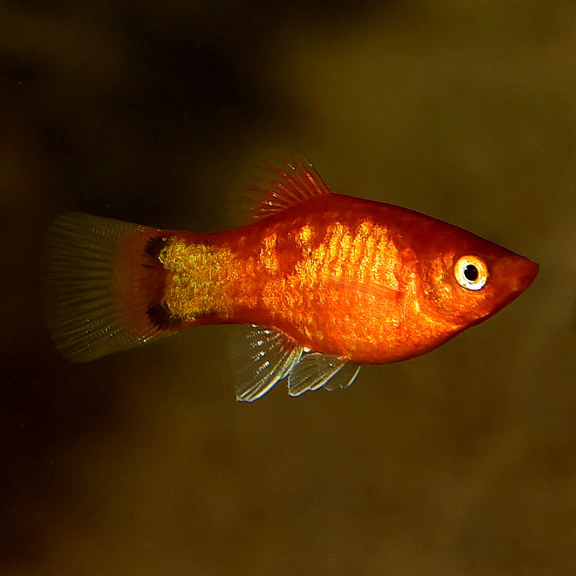
Platies: Platies make a perfect addition to the aquarium for the novice to expert alike because they are hardy and colorful. They are easy to breed, and new color varieties are available because of selective breeding programs. LiveAquaria® customer favorite Platies include:
What are the benefits of keeping Mosquito Fish?
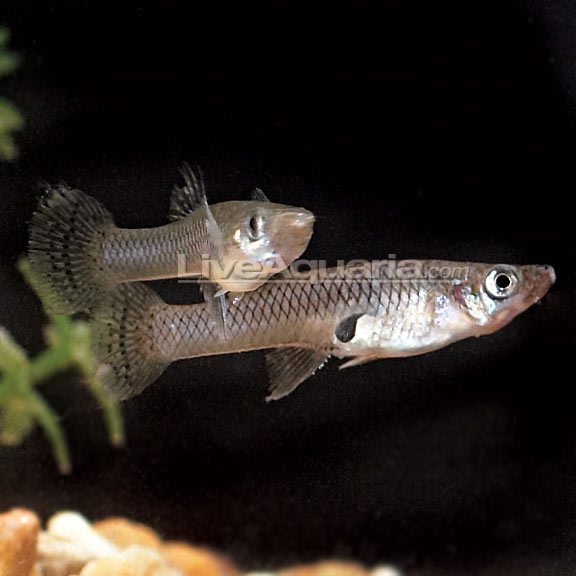
Mosquitofish: Mosquito Fish can consume large quantities of insect larvae in outdoor ponds. It prevents ponds from becoming an outdoor breeding ground for potentially disease-carrying mosquitoes and helps protect pond plants from damage due to these insects. They also help keep ponds beautiful by feeding on algae.
What should I know if I want to breed livebearers?
It is typically easy to distinguish between male and female livebearer fish. Males are usually smaller than their female counterparts and more colorful. Some have modified or enlarged fins called a gonopodium. Females, on the other hand, have a gravid spot, which is a dark area toward the back of the belly, which becomes more intensely colored when they are pregnant. Since some livebearers eat their young, it is advised to use a breeding tank and move the fry back into the main aquarium when they are larger. When adding fry to the main tank, avoid powerful filters that may suck the fry into them.
What do livebearers eat?
Freshwater livebearers are omnivores that require a well-balanced diet of both meat and plant based foods. They readily accept flaked food, pellets, freeze dried or frozen foods. They may have to be fed multiple times per day to avoid overfeeding, in amounts they can consume in a couple of minutes. Livebearer fish can add excitement to your aquarium viewing experience and have a relatively easy care level. Aquarists will be rewarded with their easy breeding tendency and the enjoyment of having future generations of fish to view. |
|
|


